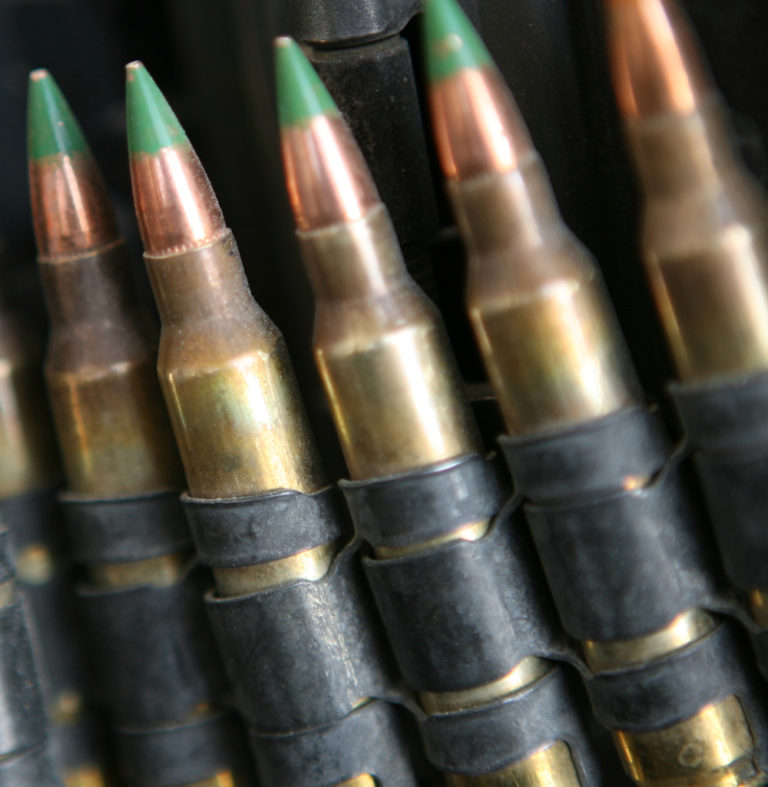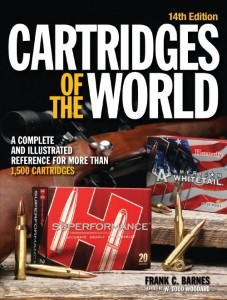
For enthusiasts of AR-style firearms, this past Friday the 13th truly turned out to be unlucky.
The ominous date marked a push by the Bureau of Alcohol, Tobacco, Firearms and Explosives to ban a popular military surplus round. In a white paper, the federal agency spelled out its plans to rescind an exemption of 5.56x45mm SS109/M855 ammunition, deeming the round to be “armor piercing.”
Better known as “green tips,” the ammunition was previously exempted from 1986 federal legislation. The bullet has components that are listed within the legislation's definition of armor piercing, in particular the steel penetrator in the tip that sits atop a lead core; there is also a lead-free variation that has a tungsten core.
The ammunition received an exemption, since for most of its existence it was exclusively used in rifles and the 1986 legislation was primarily concerned with armor-piercing handgun ammunition. But the BATFE is set to reverse itself after nearly 30 years, citing the growth of AR pistols as a need to withhold the military surplus round from the civilian market.
The agency points to an urgent need to protect law enforcement from what it considers an armor-piercing round for the ban. This, despite the fact crimes committed with firearms chambered 5.56 NATO are rare.
As a sidenote, U.S. Military and NATO do not classify the 62-grain green tip round as armor piercing, designating it instead as standard ball ammunition. The tungsten carbide cored M995 — or black tips — is classified by both entities as armor piercing.
The new regulations also propose a new test as to what constitutes sporting ammunition, if the bullet is composed of material the BATFE considers armor piercing and functions in both rifles and handguns:
Category I: .22Caliber Projectiles
A .22 caliber projectile that otherwise would be classified as armor piercing ammunition under 18 U.S.C. 921(a)(17)(B) will be considered to be “primarily intended to be used for sporting purposes” under section 921(a)(17)(C) if the projectile weighs 40 grains or less AND is loaded into a rimfire cartridge.Category II: All Other Caliber Projectiles
Except as provided in Category I (.22 caliber rimfire), projectiles that otherwise would be classified as armor piercing ammunition will be presumed to be “primarily intended to be used for sporting purposes” under section 921(a)(17)(C) if the projectile is loaded into a cartridge for which the only handgun that is readily available in the ordinary channels of commercial trade is a single shot handgun. ATF nevertheless retains the discretion to deny any application for a “sporting purposes” exemption if substantial evidence exists that the ammunition is not primarily intended for such purposes.
There is plenty of minutia on the issue that could have far reaching impact on shooters. The above video, from Military Arms Channel, does a pretty solid job jumping into fine print of the proposal — it is definitely worth an entire watch.
Cartridges of the World, 14th Edition


![Best Concealed Carry Guns In 2025 [Field Tested] Wilson Combat EDC X9S 1](https://gundigest.com/wp-content/uploads/Wilson-Combat-EDC-X9S-1-324x160.jpg)


![Best 9mm Carbine: Affordable PCCs [Tested] Ruger Carbine Shooting](https://gundigest.com/wp-content/uploads/Ruger-Carbine-Shooting-100x70.jpg)
![Best AR-15: Top Options Available Today [Field Tested] Harrington and Richardson PSA XM177E2 feature](https://gundigest.com/wp-content/uploads/Harrington-and-Richardson-PSA-XM177E2-feature-100x70.jpg)
